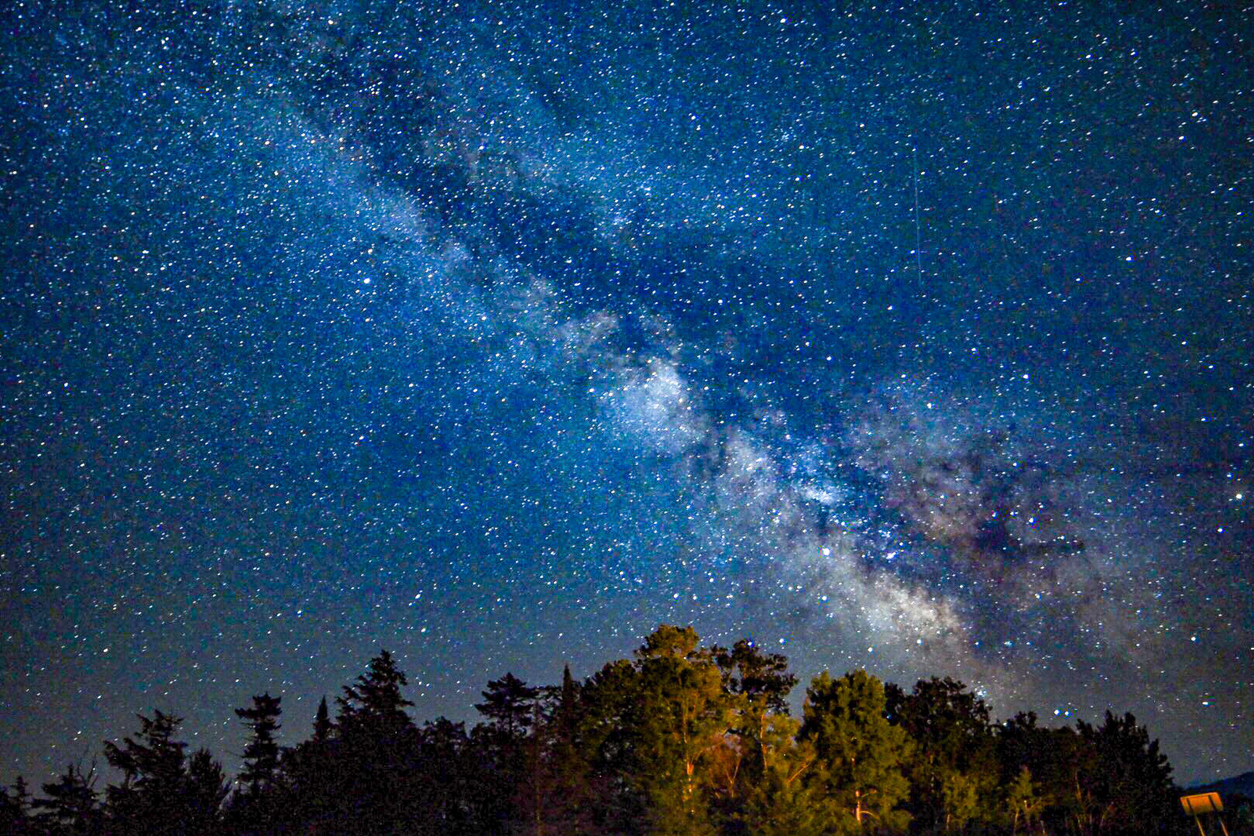- Wednesday, May 01, 2024
The black hole, found by analysing recent data from the European Space Agency’s Gaia space telescope, has a mass 33 times greater than that of the Sun

By: Vibhuti Pathak
An international team of astronomers has made a significant discovery in the Milky Way: the heaviest known stellar black hole, named BH3. The black hole, found by analysing recent data from the European Space Agency’s Gaia space telescope, has a mass 33 times greater than that of the Sun and is located approximately 1500 light years from the Earth.
Tel Aviv University (TAU) researchers participated in the study, which centred around a binary system where a visible star orbits a massive yet unseen companion, indicating the presence of a black hole. Binary systems like these have previously revealed around 50 suspected or confirmed stellar-mass black holes in the Milky Way, although there may be as many as 100 million in our galaxy alone.
Stellar-mass black holes form when a star exhausts its nuclear fuel and collapses. The findings regarding BH3 were published in the open-access journal ‘Astronomy & Astrophysics’ for further study.
Researchers have confirmed the existence of a previously undiscovered black hole with a mass significantly higher than the stellar black holes known to exist in the Milky Way. This unexpected finding, described as a once-in-a-lifetime discovery by Panuzzo in a press release, where he mentioned, “No one was expecting to find a high-mass black hole lurking nearby, undetected so far. This is the kind of discovery you make once in your research life.”
The black hole was discovered through the observation of the “wobbling” motion of a companion star orbiting the black hole. This companion star, slightly smaller than the Sun and about 75% of its mass, exhibited a revolution around an invisible companion, indicating the presence of a black hole.
Stellar black holes are formed from the collapse of massive stars at the end of their lifespans, making them smaller than supermassive black holes, whose formation processes remain largely unknown. While supermassive black holes have been detected in other galaxies through gravitational waves, this discovery is a first for the Milky Way.
Designated as BH3, the black hole is “dormant” and does not emit X-rays due to its distance from its companion star, making it challenging to detect. This black hole is the third of its kind, following Gaia BH1 and Gaia BH2, which were also identified by the Gaia telescope in the Milky Way.
The Gaia telescope, situated 1.5 million kilometres from Earth, has been in operation for the past decade. In 2022, Gaia released a 3D map detailing the positions and motions of over 1.8 billion stars.
![]()